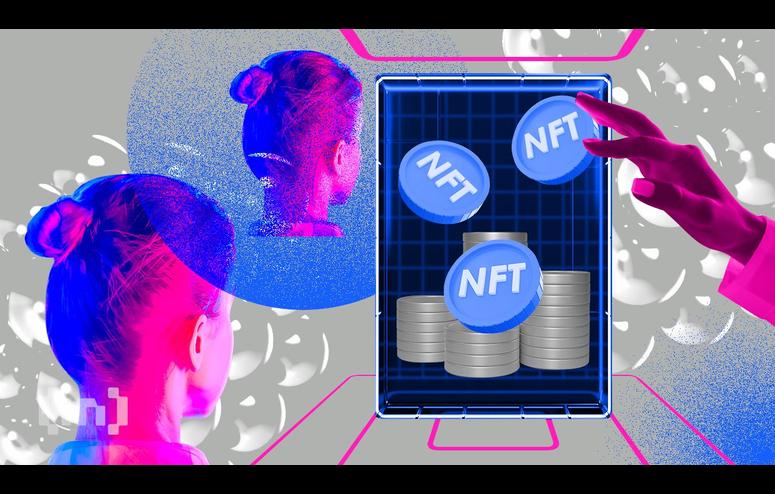Uncovering Bitcoin's Largest Block Mined and the Impact of NFTs
TL;DR On Feb. 1, 2023, the Bitcoin network made history with the mining of the largest block ever recorded. The block contained nearly 4 million transactions sent out by an indie developer using the NFT project “Taproot Wizard”. The incident has sparked debate within the Bitcoin community on how to address the issue, as it could impact block space, decentralization, and security.

On Feb. 1, 2023, the Bitcoin network made history with the mining of the largest block ever recorded. The block, which contained nearly 4 million transactions, was sent out by an indie developer using the NFT project “Taproot Wizard.”
Despite the developer and project remaining unnamed, the transaction has caused a stir in the Bitcoin community. Some call it an attack on the BTC network. Still, the developer, Udi Wertheimer, and former Bitcoin Core developer, Casey Rodarmor, argue that the transaction is an innovation based on the concept of “Ordinals”.
Last night, we made history
The gatekeepers tried to censor us
But we mined the LARGEST BLOCK and LARGEST TRANSACTION IN BITCOIN’S HISTORY
Special thanks to bitcoin full node operators for supporting our efforts and hosting our 4MB NFT for all eternity!
gm @TaprootWizards 🧙♂️ pic.twitter.com/uKGG918af8 — Udi Wertheimer (@udiWertheimer) February 2, 2023
Running NFTs of Bitcoin
Ordinals were introduced as a solution to the issue of Bitcoin’s lack of a stable public identity. Bitcoin addresses are typically single-use and wallet accounts are local, making ownership of public and private keys not transferable. Ordinals aim to resolve this by marking each satoshi in each output, creating a transferable account or identity for Bitcoin.
In the NFT project “Taproot Wizard”, the publisher uses a specific satoshi to refer to a JPG image to implement the identification and circulation of the NFT. The concept is innovative, but it has also sparked concern within the Bitcoin community.
In fact, if the fee market makes it such that JPEGs start to cannibalize block space that would otherwise have been taken up by normal transactions, it means that the blocks that the marginalized users *do* have to download are actually *smaller*. — Eric Wall | Taproot Wizard #2 (@ercwl) February 5, 2023
The rapid expansion of the Bitcoin blockchain size, a result of the big transactions and blocks, would increase the requirements for devices running a full-node. It could also reduce the network’s anti-censorship capabilities. Additionally, it could impact wallet, mining pool, and browser facilities, leading to some failures, and reduce the security of the network.
Someone just minted the Mother Of All Ordinals 🤣
3.96 MB 👀 pic.twitter.com/i3kPA6JoZp — Gigi 🇨🇵⚡ (@GuerillaV2) February 1, 2023
A Difficult Choice Ahead
The Bitcoin community is faced with a difficult choice in addressing the issue. Doing nothing and allowing the entry of applications into the blockchain in this way could render the debate about limiting OP_RETURN and expanding capacity meaningless.
Hard forking the network to increase the data size limit is also problematic. It would require all nodes to be updated and result in a loss of decentralization. A partial consensus among major pools to reject big blocks and big transactions is operationally challenging and would open the door to manual block review.
Marginalized peoples in developing countries will have to pay more to run their Bitcoin nodes and send transactions because privileged wealthy whites want to put JPEG drawings on the blockchain as status symbols. Just because you can doesn’t mean you should. — Bitcoin is Saving (@BitcoinIsSaving) January 29, 2023
Overall, the most likely outcome is option one, as BTC is so large that a smooth hard fork is unlikely. The incident has brought to light the need for a solution to the limitations faced by Bitcoin. It also sparked a new wave of innovation and experimentation within the community.
